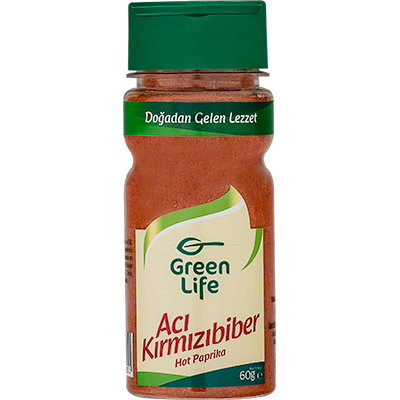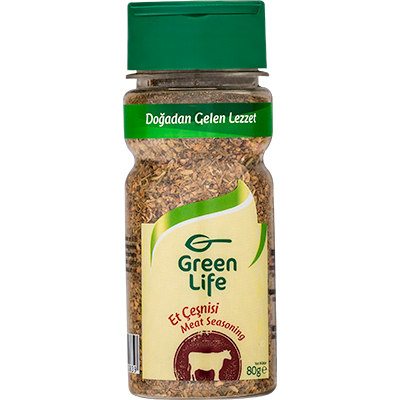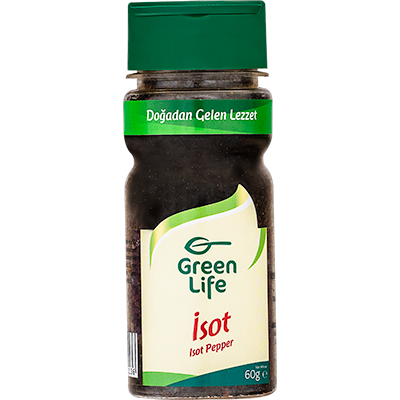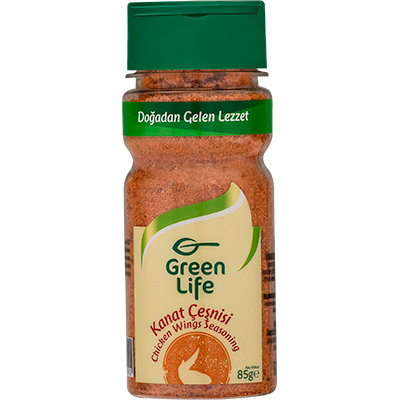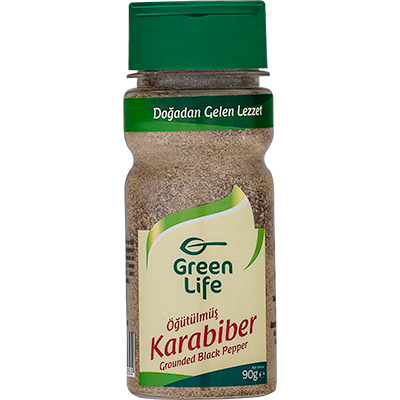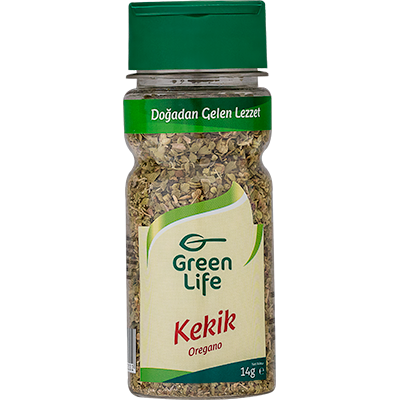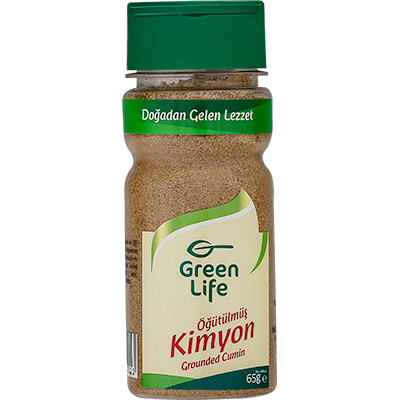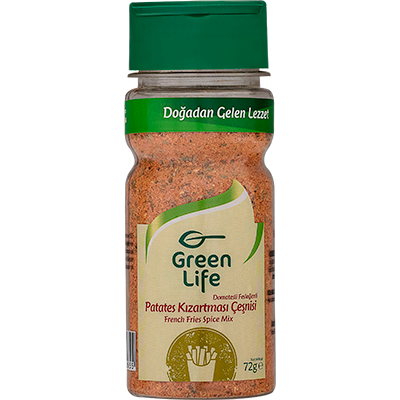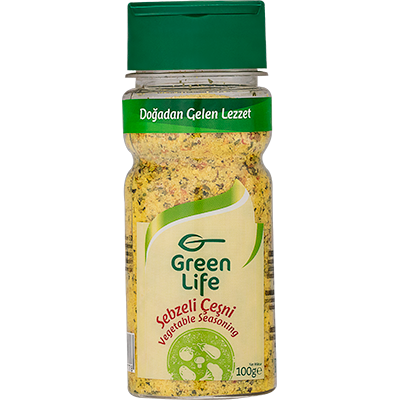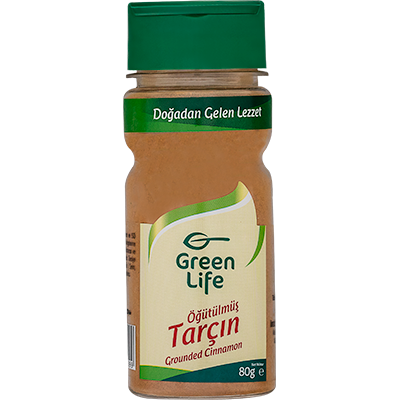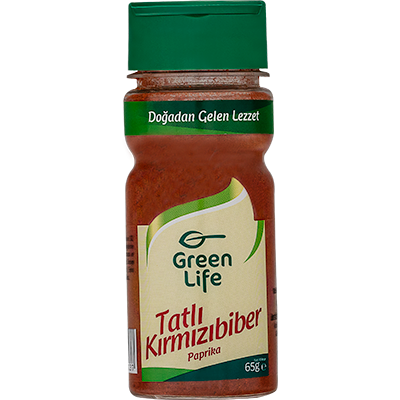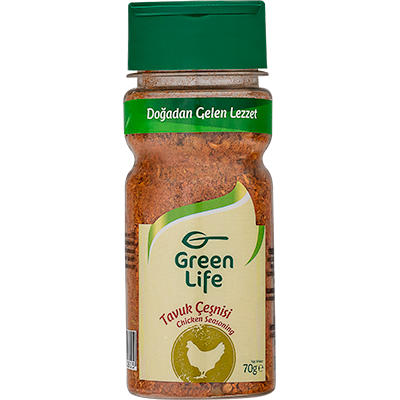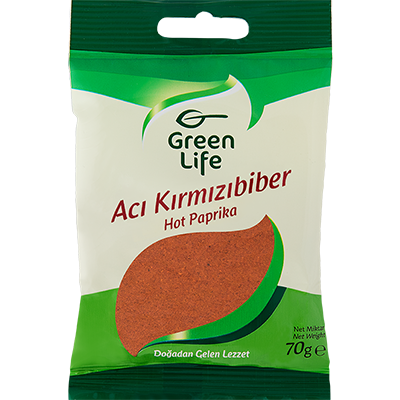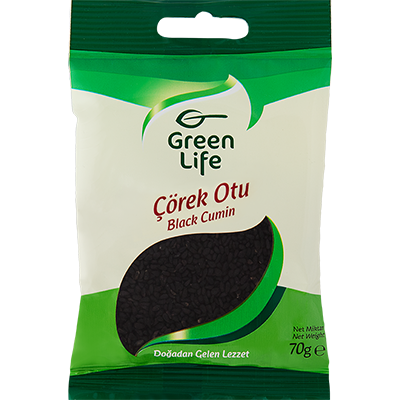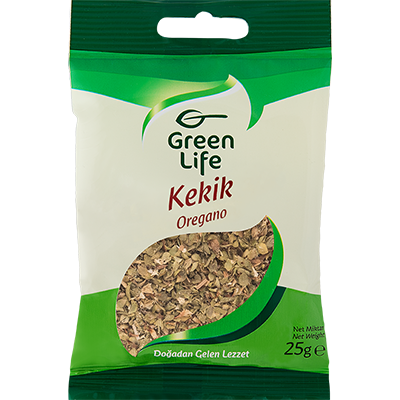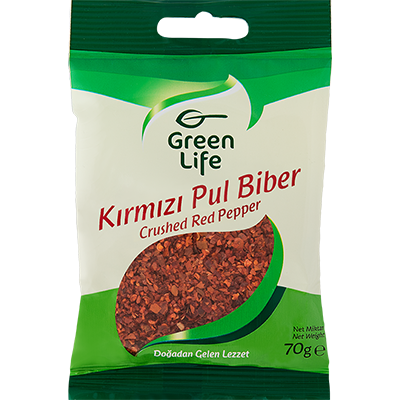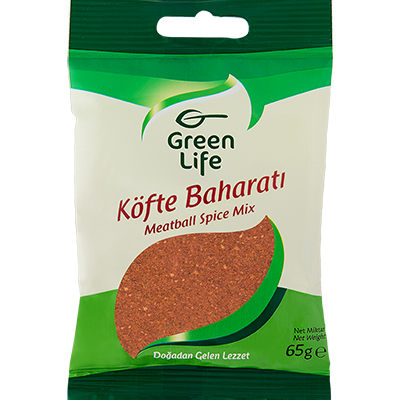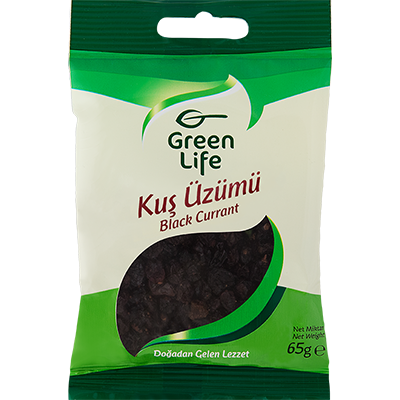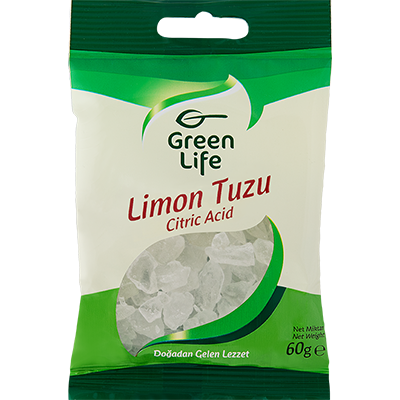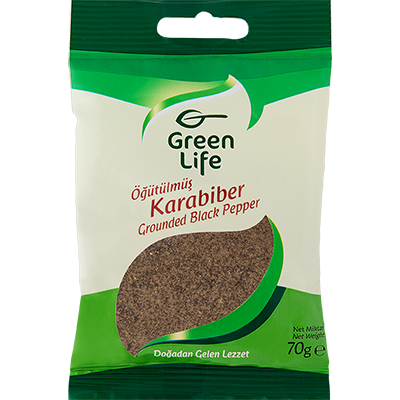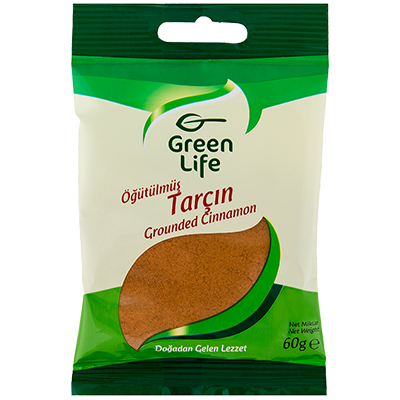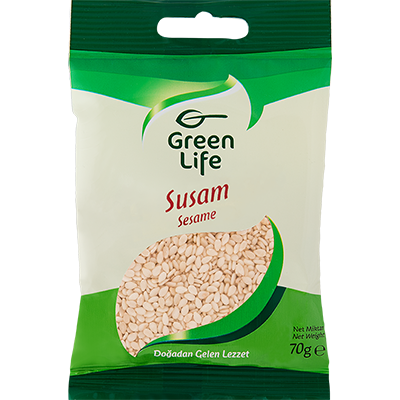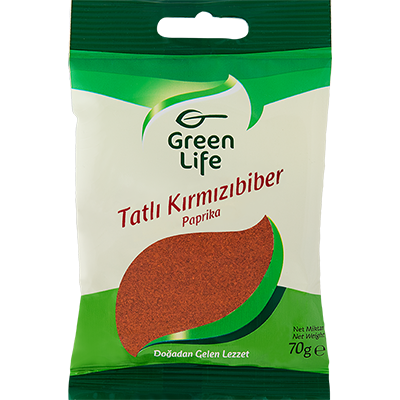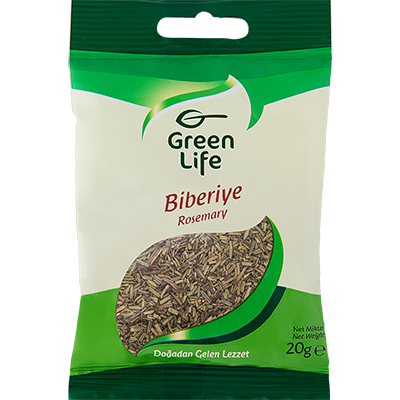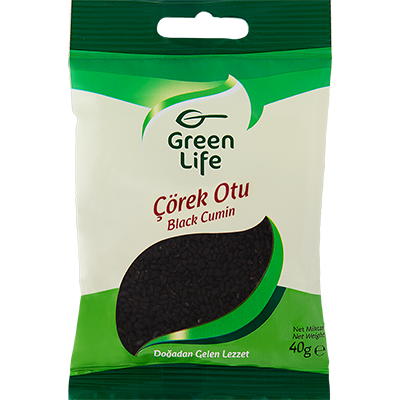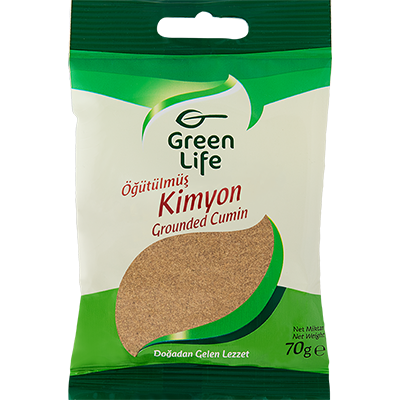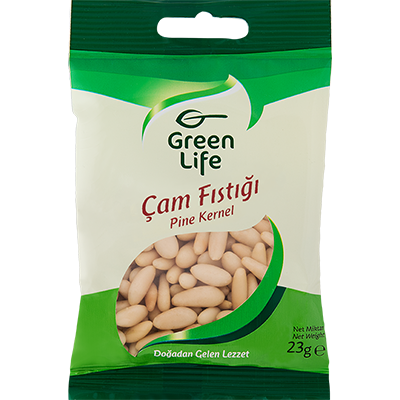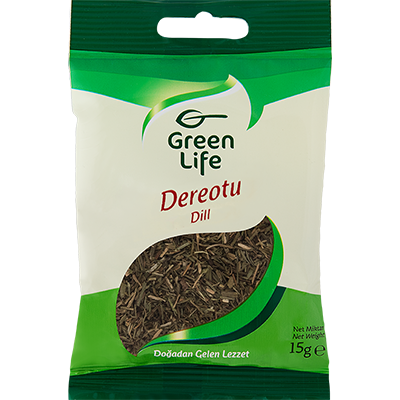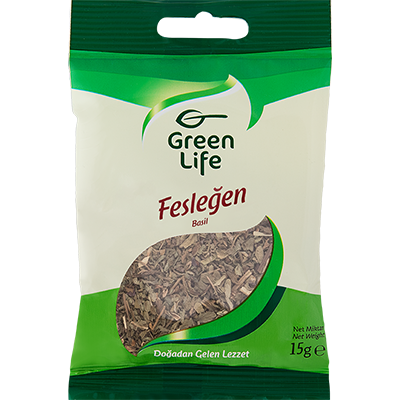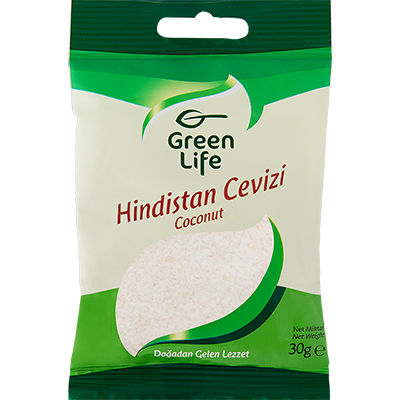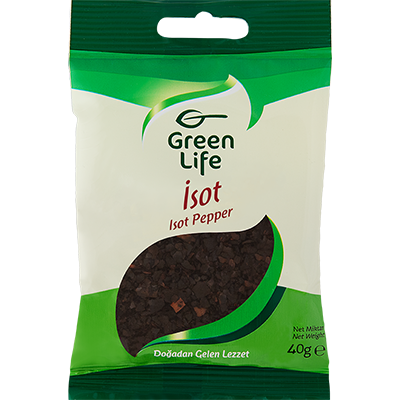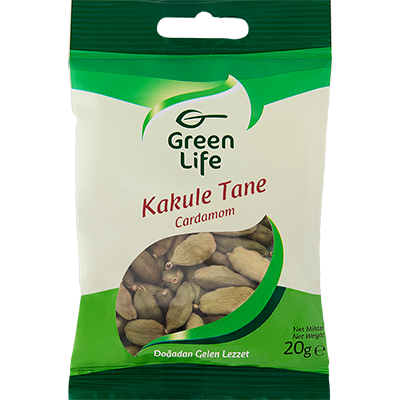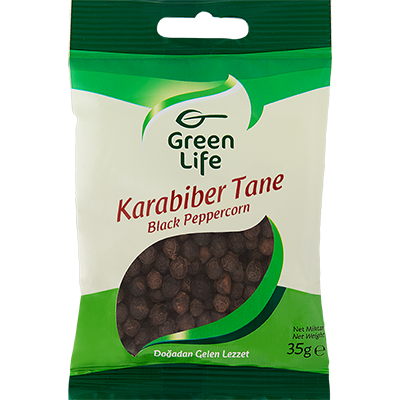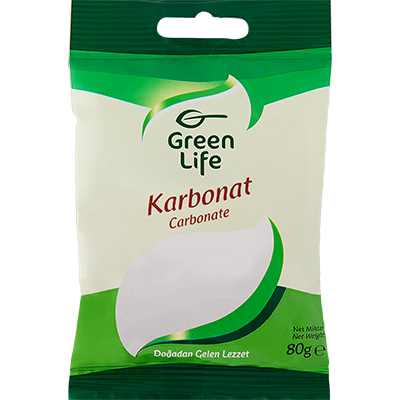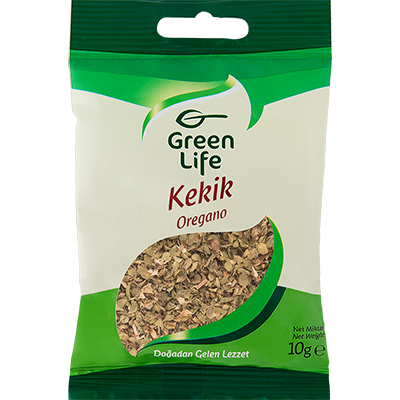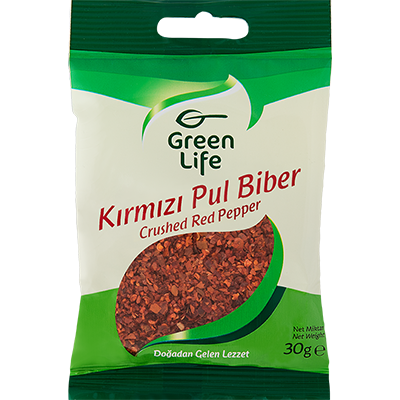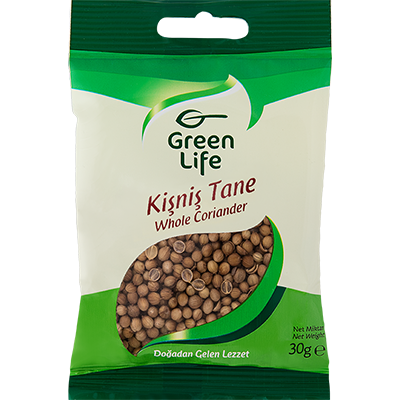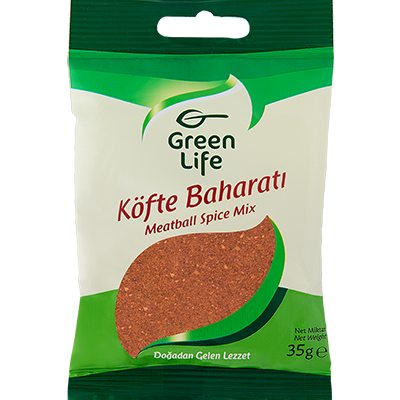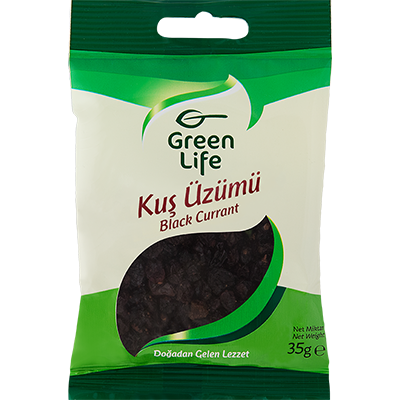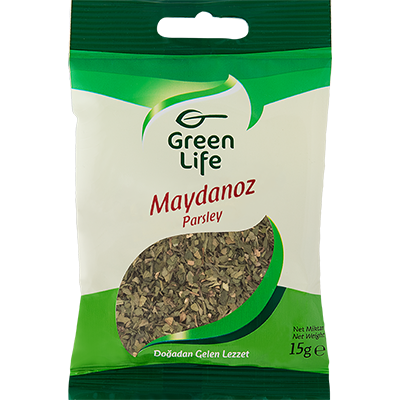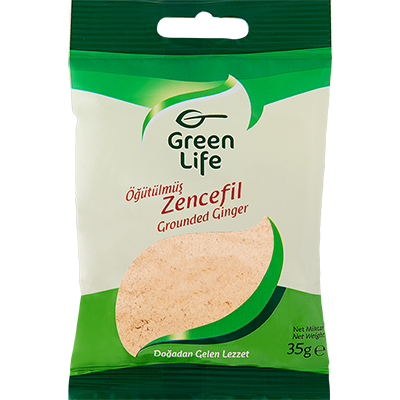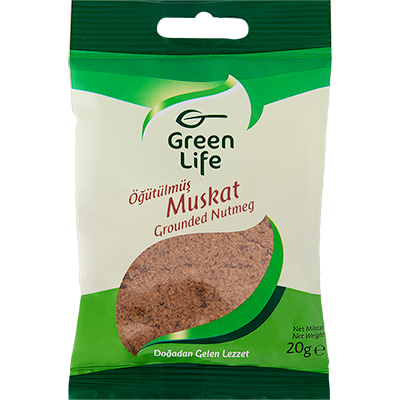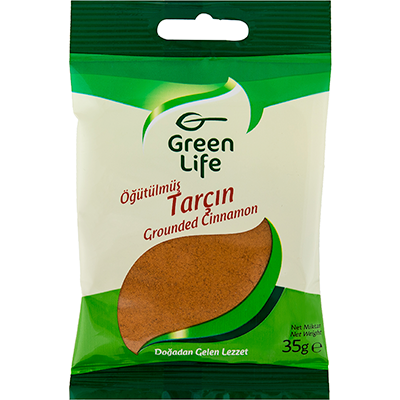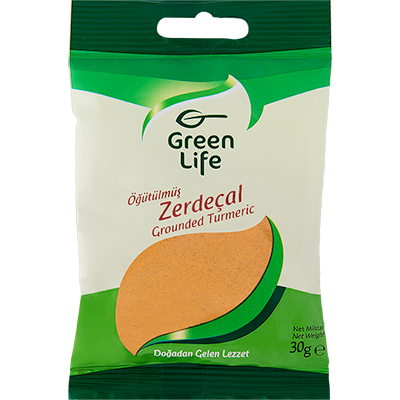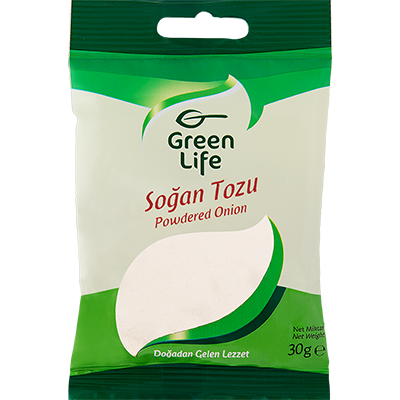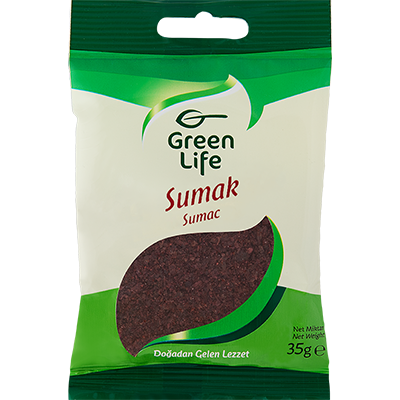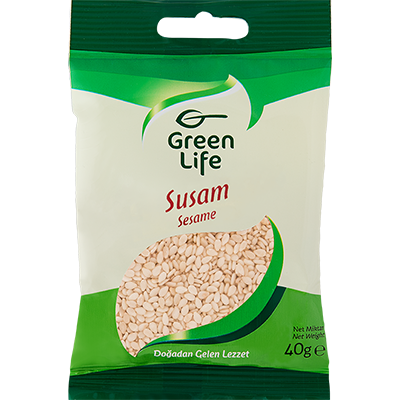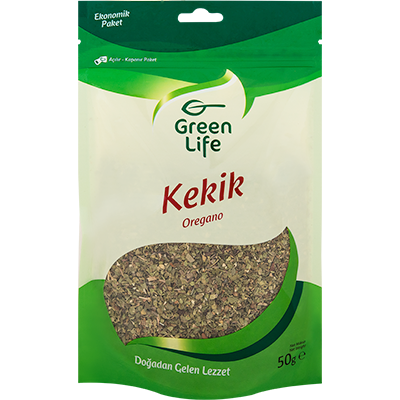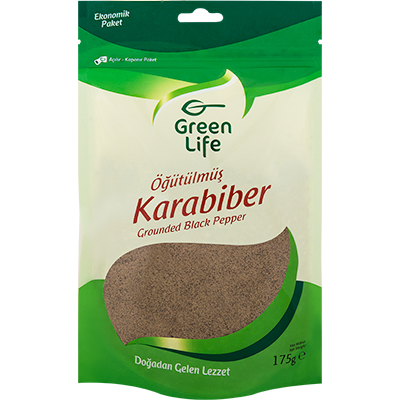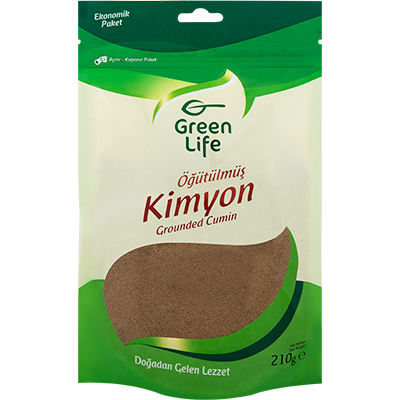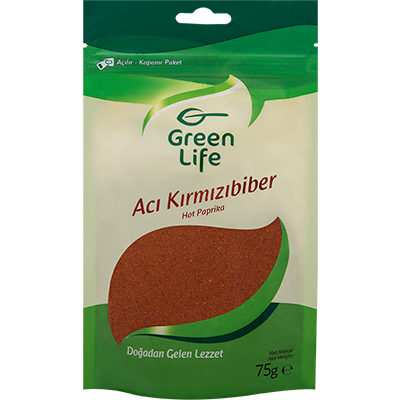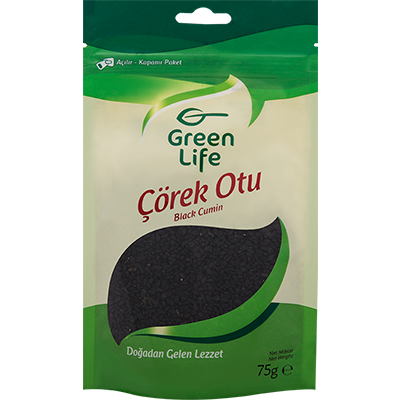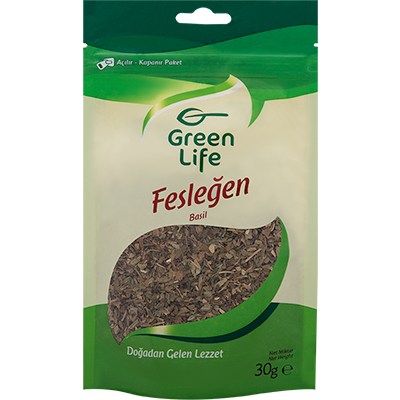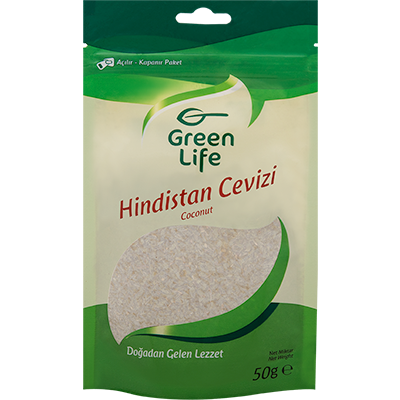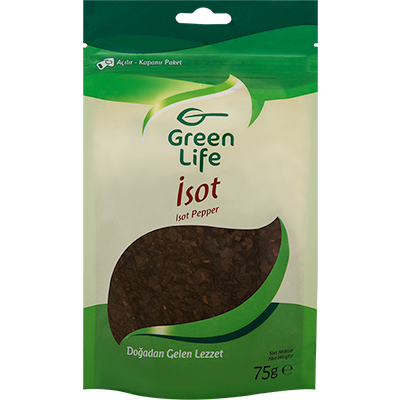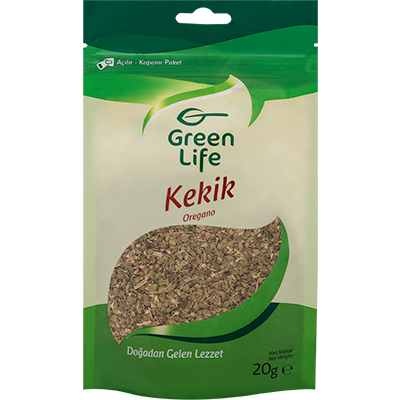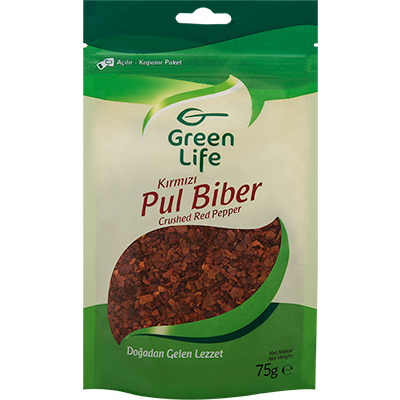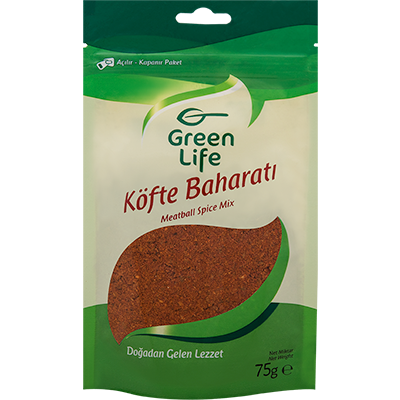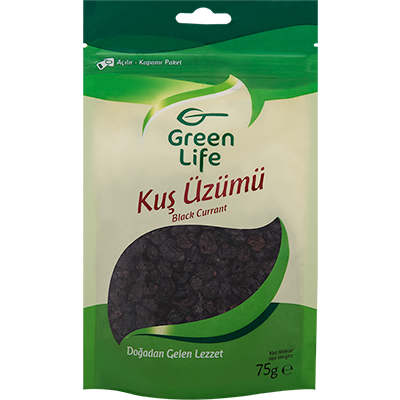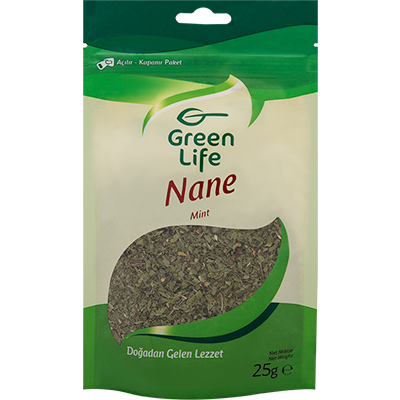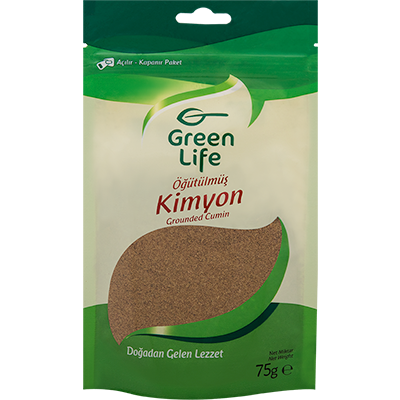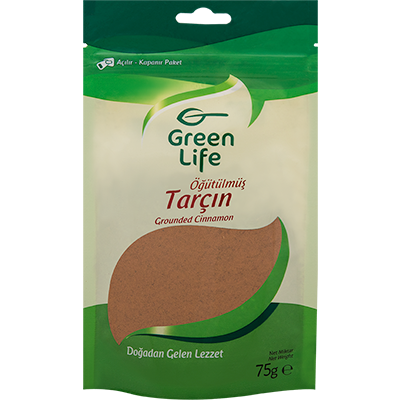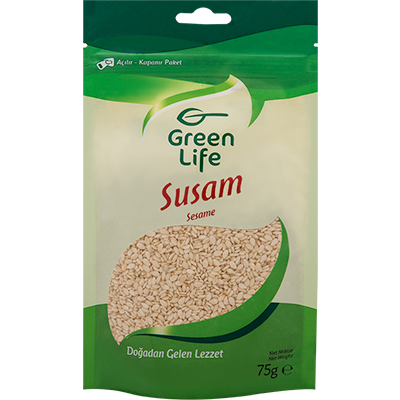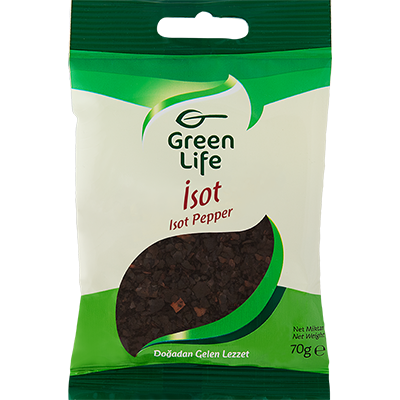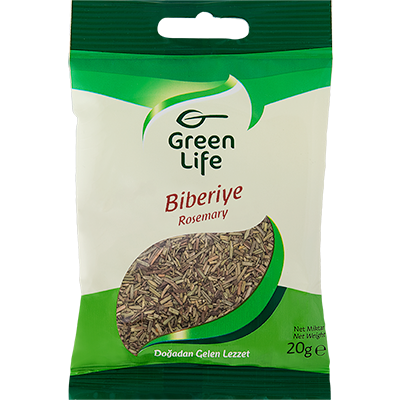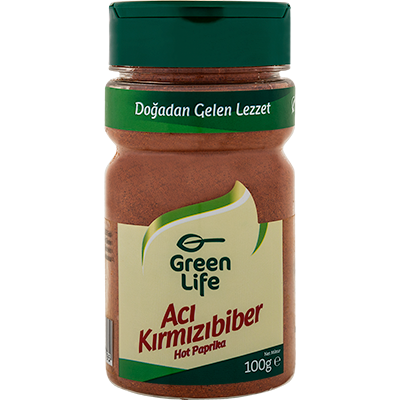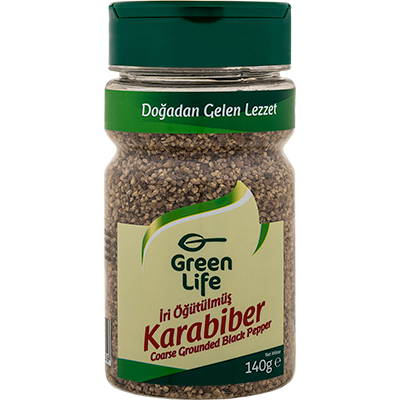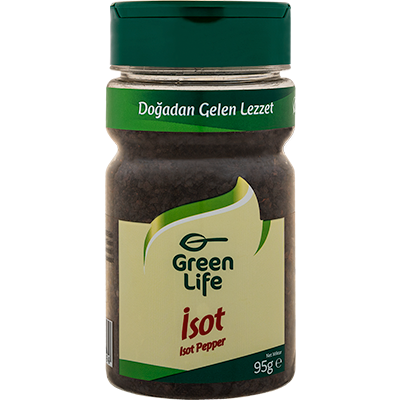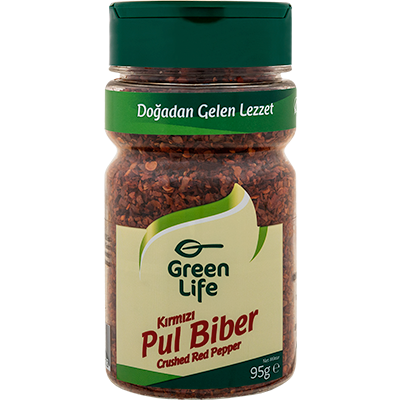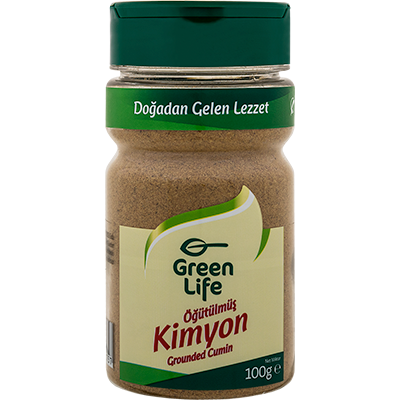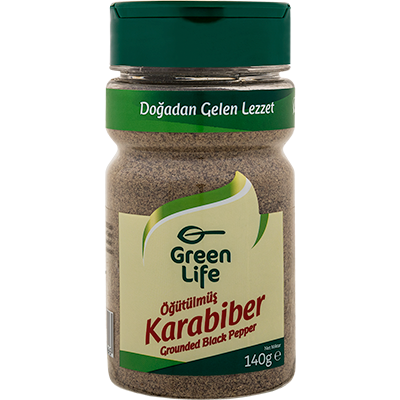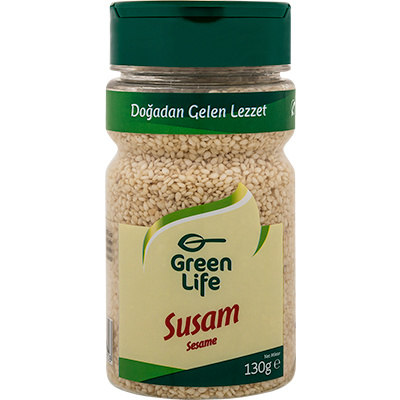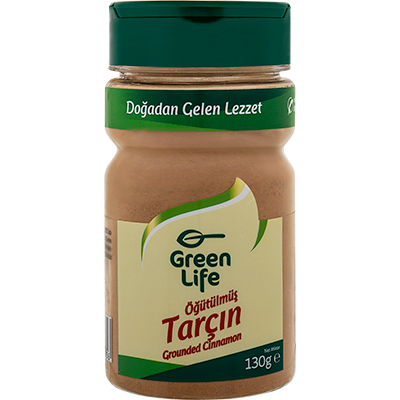Story of Spices / THYME

Carrying the scent of Aegean mountains to our table, thyme is a special spice integrated with Turkish culinary culture. Our taste buds are very used to it and the absence of thyme in the table is immediately noticed. Morning breakfast is never complete without tomato with thyme and olive oil; barbequed meat is tasteless unless you sprinkle a pinch of thyme over it. When you mix a generous pinch of thyme with a good quality extra virgin olive oil and serve it with bread, it turns to a priceless appetizer.
Native to Mediterranean, thyme is a self-grown plant in nature on arid slopes of the region it belongs to. It is in the form of short shrubs and has tiny aromatic leaves, which remain green in all seasons.
The temperature of the climate directly affects the intensity of its aroma. Therefore, the thyme grown in colder regions has a weaker aroma. It grows as scattered groups and its branches are a bit stiff and woody. Aside from its self-grown variety in nature, there are specially cultivated herbaceous varieties of thyme with softer branches. There are actually hundreds of different species with slightly distinctive flavors than each other. In time, some species mix with each other and turn into hybrid species with mixed aromas.
Taste notes:
Even when touched softly, thyme scents its warm, earthy delicate aroma around. It has a peppery taste with notes of clove and peppermint. It refreshes the palate and the breath.
Harmony:
Thyme goes well with almost any meal it is added to. Its best accompaniments are garlic and olive oil. It is an indispensable seasoning for veal, lamb and chicken. It also adds a nice flavor to fish. You can use thyme both in marinades of and for sprinkling over grilled, barbequed or baked meat. It blends perfectly well with slow cooked vegetable and meat stews. As thyme is cooked longer, its aroma is revealed better. One of its main characteristics is to let the aroma of other spices in the meal become more stressed. It is ideal to use thyme in tomato-based sauces.
Tips:
You can buy thyme in fresh or dried forms. Fresh thyme can be packed in plastic bags and kept in the refrigerator for up to 10 days. Dried thyme on the other hand, has a much longer shelf life. When you keep dried thyme in airtight glass jars, it preserves its aroma for up to 3-4 months.
Good idea:
Sauces mean a lot to salads. You can prepare a much more special salad than usual with an easy to make vinaigrette sauce. All you need to do is to pass a pinch of thyme with the juice of half a lemon, olive oil twice as much as the lemon juice and a pinch of salt through a hand blender until it turns to a thick sauce. Prepare your salad and pour your vinaigrette sauce over it just before serving.
Here is a delicious marinade recipe with refreshing aromas for you to use with fish and chicken. Mix one clove of crushed garlic with the juice and the zest of half a lemon, two tablespoons of extra virgin olive oil, one teaspoon of thyme and a pinch of salt. Cook your chicken or fish after marinating in this sauce for an hour. You can also use this sauce to flavor slow-cooked artichokes.
Don’t forget that you can double up the taste of mushrooms sautéed in butter just by adding a pinch of thyme into it together with salt.
- -AKÇAABAT MEATBALL SEASONING
- -ANISE
- -WHITE PEPPER
- -ROSEMARY
- -PINE NUTS
- -CRISPY CHICKEN COATING MIX
- -NIGELLA
- -BAY LEAF
- -DILL
- -MEAT SEASONING MIX
- -BASIL
- -MUSTARD
- -DESICCATED COCONUT
- -İNEGÖL MEATBALL SEASONING
- -ISOT
- -ITALIAN PIZZA SEASONING
- -CARDAMOM
- -BLACK PEPPER
- -CLOVE
- -BAKING SODA
- -CHICKEN WINGS SEASONING MIX
- -BUTCHER’S MEATBALL SEASONING
- -THYME
- -RED PEPPER
- -CUMIN
- -CORIANDER
- -CURRY
- -DRIED BLACK CURRANT
- -SOUR SALT
- -MAHLAB
- -BARBEQUE SEASONING MIX
- -POPPY
- -PARSLEY
- -NUTMEG
- -MINT
- -PURPLE BASIL
- -GRANULATED GARLIC
- -GARLIC MUSTARD FRENCH FRIES SEASONING MIX
- -VEGETABLE SEASONING
- -SAUSAGE MEATBALL SEASONING
- -SUMAC
- -SESAME
- -CINNAMON
- -TARRAGON
- -CHICKEN SEASONING MIX
- -ALLSPICE
- -GINGER
- -TURMERIC
- -SPICE BLEND FOR STUFFED VEGETABLES IN OLIVE OIL
